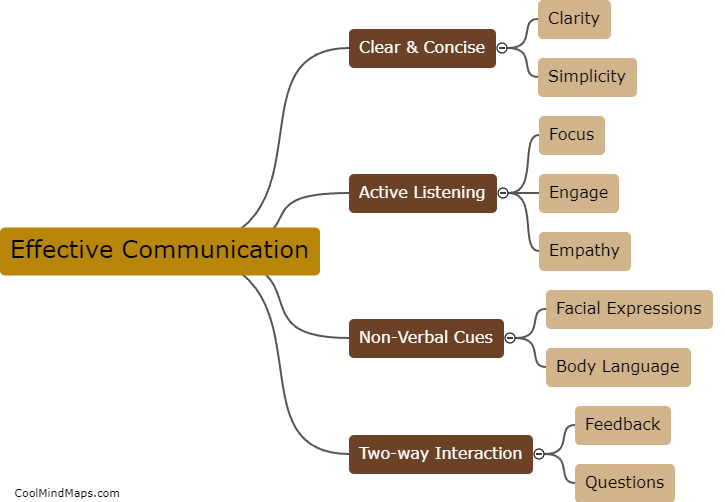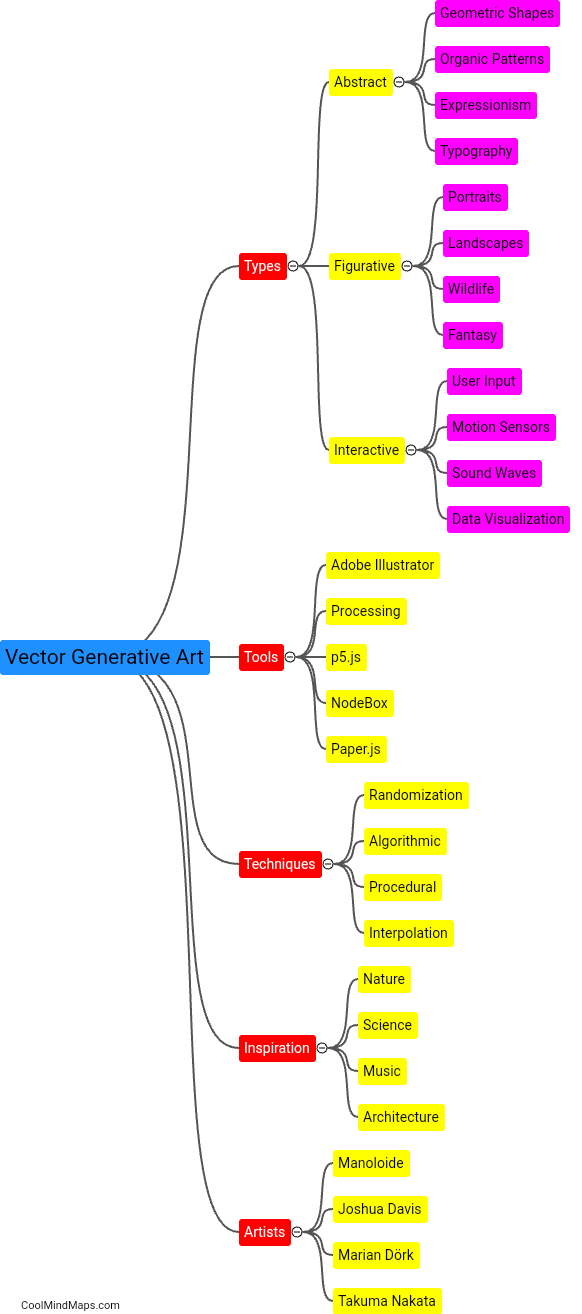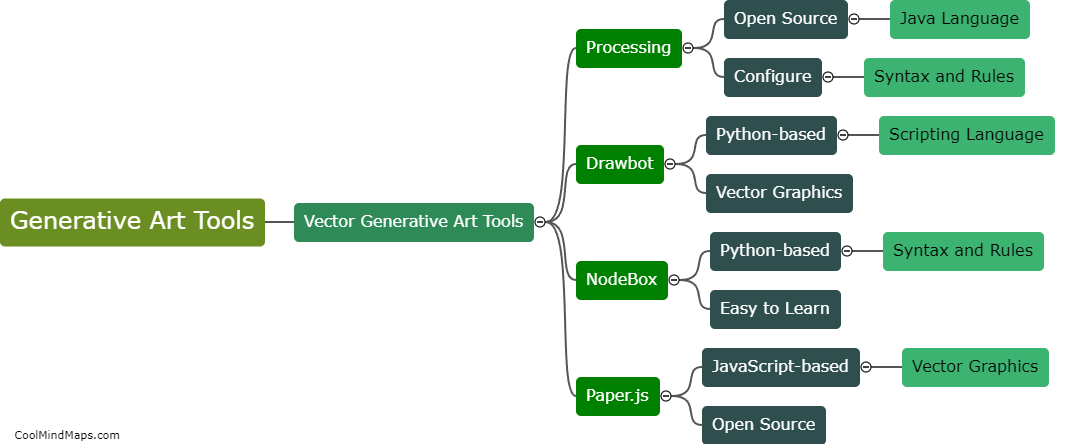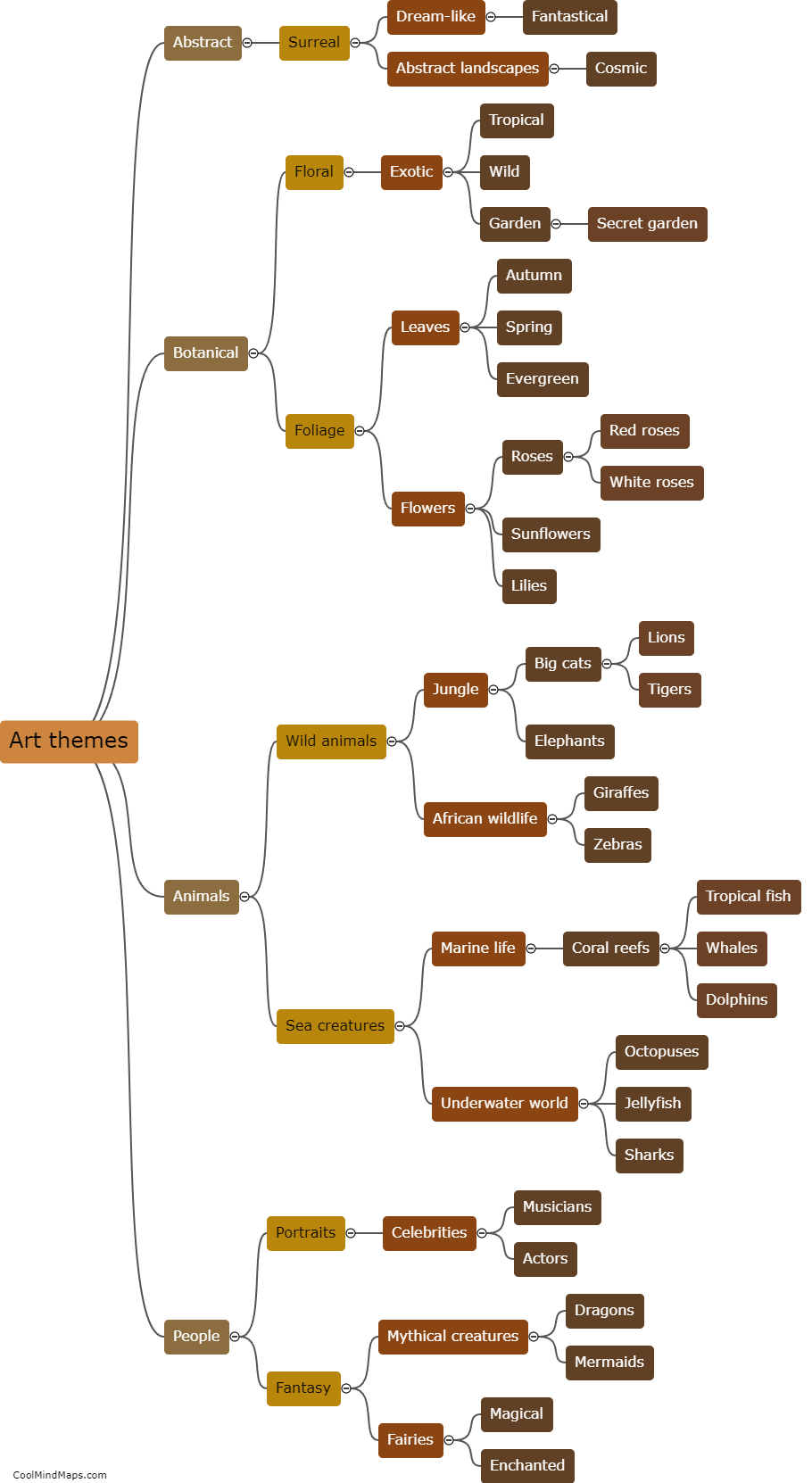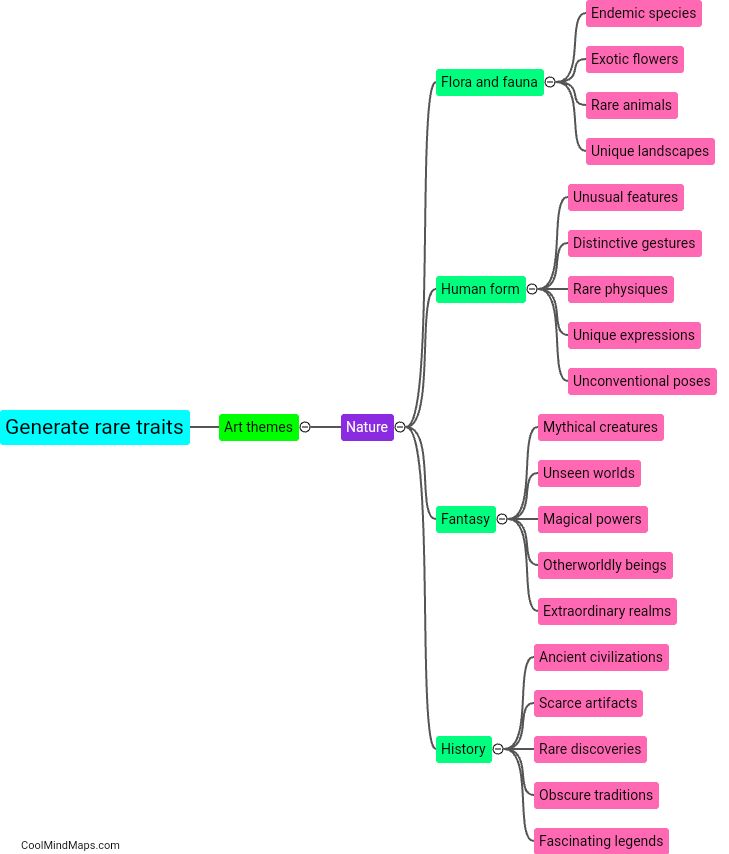How can generative algorithms be used to create NFTs?
Generative algorithms have become increasingly popular in the creation of Non-Fungible Tokens (NFTs). These algorithms use mathematical models and rules to generate unique and one-of-a-kind digital art. Utilizing generative algorithms, artists can create NFTs that have infinite variations and are automatically generated based on certain parameters and algorithms. Artists can input specific design choices, such as color schemes, shapes, or patterns, and let the algorithm create endless iterations of the artwork. This allows for the creation of large collections of NFTs with each piece being unique. Collectors are drawn to these generative NFTs as they appreciate the aspect of rarity and exclusivity, with the assurance that no two pieces are alike. Thus, generative algorithms provide a powerful tool for creators to produce highly sought-after NFTs that capture the attention of the digital art market.

This mind map was published on 19 August 2023 and has been viewed 108 times.


